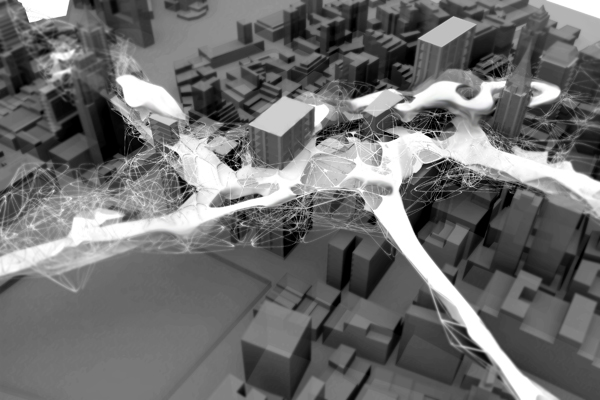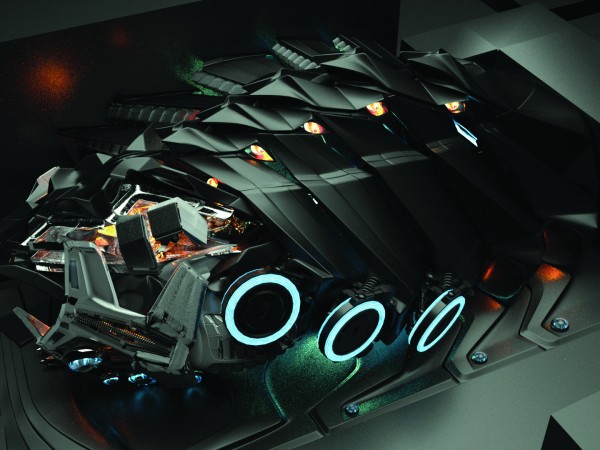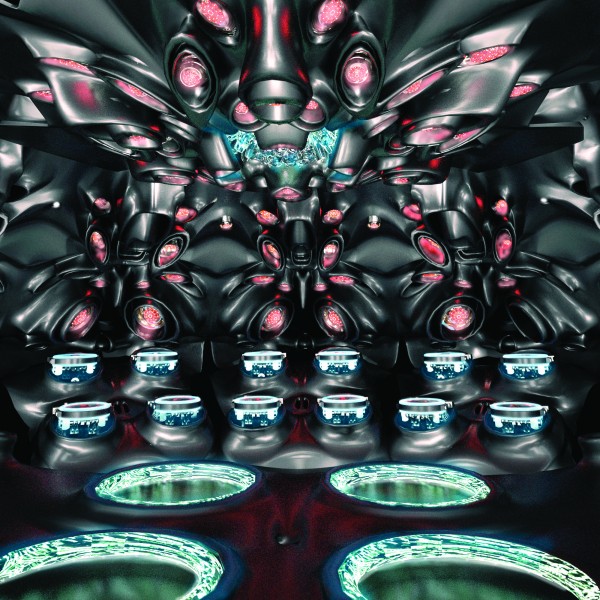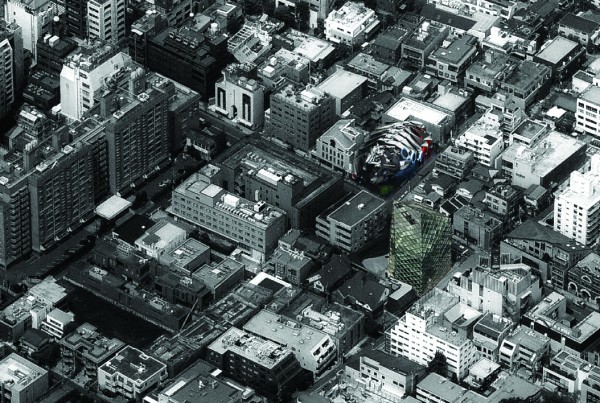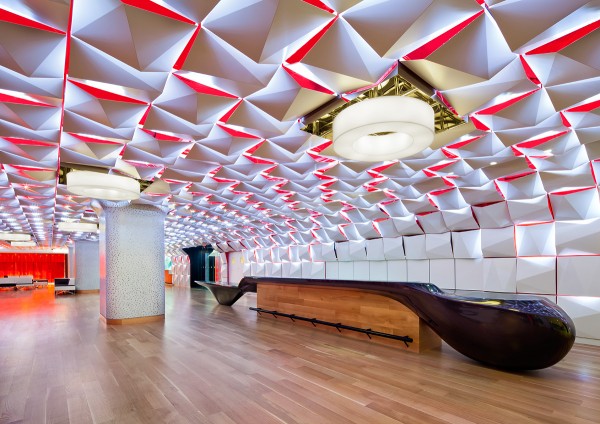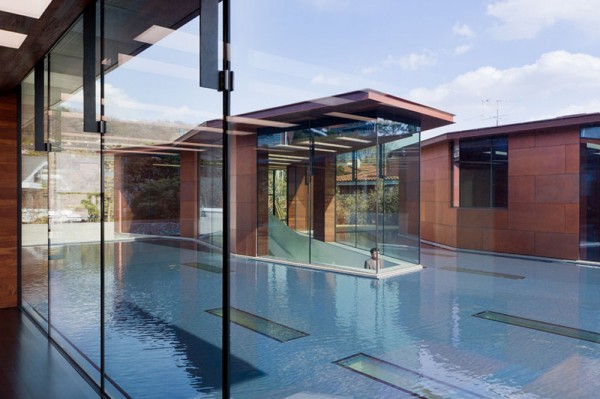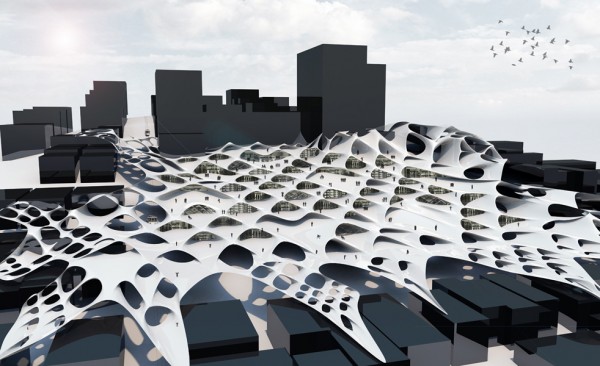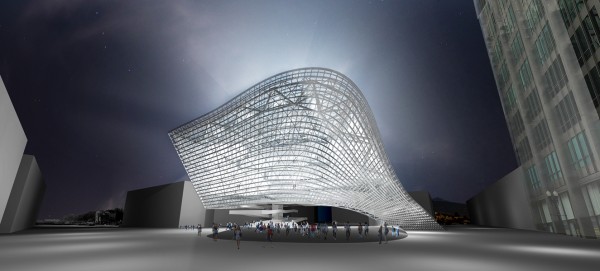
International architecture firm Kohn Pedersen Fox Associates (KPF) is pleased to present its design for Block H of the Yongsan International Business District (YIBD) in Seoul. The goal of YIBD is to create a new symbol for the 21st Century city; a new urban center in Seoul for international business, living, entertainment, and shopping. YIBD will lead the world in innovative design, maximizing the site potential and taking advantage of connections made to its urban and natural assets. The master plan, created by Studio Daniel Libeskind, is a dynamic urban environment containing contributions from 19 different architects practicing in diverse locations around the globe.
Scheduled for completion in 2016, Block H consists of a luxury 5-Star hotel and high-end serviced residential building containing 167,225 square meters of space. The 385-meter-tall tower sits on a 14,600-square-meter parcel of land on the northeastern border of the YIBD, achieving an FAR of 11.4%. KPF’s building is situated in a way that seeks to mediate the extreme height (665m) of the landmark office tower to the northwest, and transition this height to the lower scale of the residential blocks beyond. KPF sought to intensify the social aspect of the street through a distinct urban landscape and diverse program at the lower levels of the building.
According to KPF Design Principal, Trent Tesch, “Our goal for this project is to establish and make connections to street life, the new city of Yongsan, and to the larger context of Seoul. We do this through a thoughtful approach to the building’s program, position, and character.”
Fundamental to the logic of the unique shape of the design is the idea that the building is comprised of apartments and hotel rooms that demand ample natural light, dramatic views, and maximum privacy. These three internal parameters have shaped the DNA of the Architecture. Like an organic system that seeks equilibrium with nature, the design grows outward from the center, towards views and light, into three distinct “wings.” The three wings guarantee that the residential apartments will have a major corner view from the living space, while maximizing its privacy from the adjacent unit. Unlike most “Y” type high-rise towers, the design “steps” each wing asymmetrically so there is a low-wing, a mid-wing and a high-wing. The building is carefully oriented to increase views to the Han River to the south (low-wing), the Yongsan Park to the east (mid-wing), and the Nam-San historic district and adjacent landmark tower to the north (high-wing). Read the rest of this entry »


